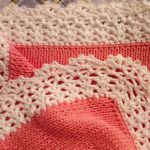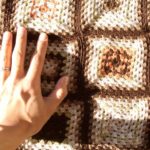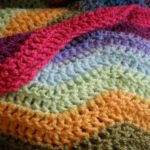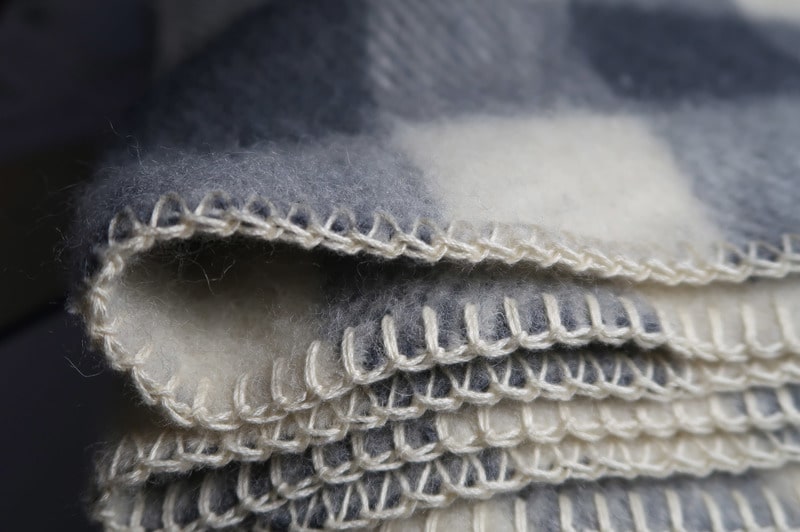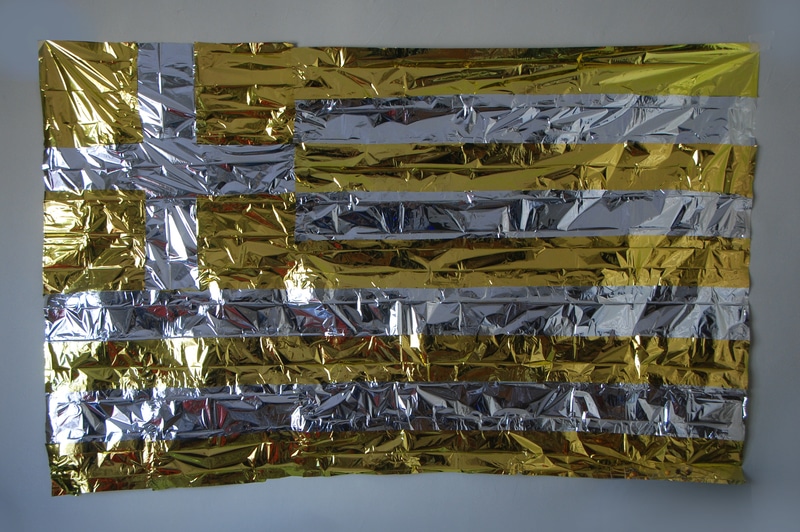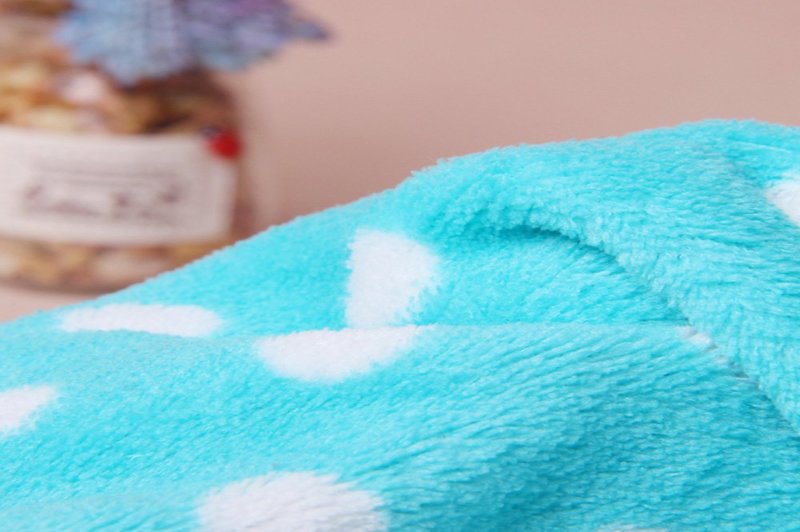Blocking a knitted blanket is a process that involves several steps. You first soak it, do the blocking, then steam the seams. You may also steam the overall blanket if that is to your liking. So here is a more detailed explanation of how to block a knitted blanket.
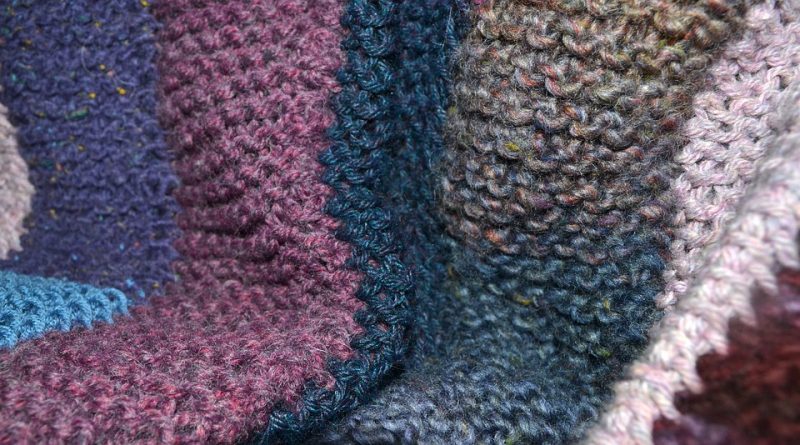
What is Blocking?
First, let us assess what blocking is so we can know what we are doing. The definition helps us get an overview of the job. Blocking is a process wherein you wet or steam your finished products to set their final size. It will also even out the stitched of your clothing.
Step #1: Soaking the Blanket
The first step is to soak the blanket in a gentle wash. Make sure to keep in mind the instructions given to the yarn. If you own a Sweater Care Kit, you can use the Eucalan Fabric Wash that comes with the kit.
While you are soaking your fabric, prepare the necessary tools you will be using. In blocking, you will be needing your yarns, blocking tiles, and rustproof pins.
When done with the soaking, drain the water. Gently squeeze your knitted blanket, do not overdo it because it may ruin the material. You can roll it in a towel to extract more moisture.
This procedure makes the fabric flexible. Thus, making it easier to fit the correct measurement you want your blanket to be. It is as if you are moulding your material.
Step #2: Steaming the Whole Garment
Steaming the whole garment is optional. It just matters what you find that suits your liking. First things first fix the iron’s temperature to the lowest possible setting for steam. You are steaming instead of ironing, so setting the temperature is vital.
Make sure to saturate your garment with water. And then, press out the excess whilst the iron is still burning. With this, it is not soaking any longer, but it is still wet, not damp.
When you have dense and coarse wool and soften it, spray the entire piece with clean water. This step is not necessary for medium or light blocking. And then lay the pinned pieces on the top of the damp blocking fabric.
Use the iron gently to steam the whole piece. Make sure to make an up and down motion, never side by side. You can spoil your knitting when you press it too hard, so make sure to do it gently.
Just hit the iron towel and leave it there a couple of seconds. Move to the next place before you have steamed the entire piece. It is the humidity of the vapour that does the blocking.
Step #3: Stretching the Fabric
Here comes the central part. When starting to do the blocking, lay your damp knitted blanket right-side-up on the blocking tile. Gently stretch the piece of material to the measurement you want it to be. Stretch it horizontally and then vertically to have an even stretch.
When you do the blocking, pin the material around its edges. Place the pins at an angle. Make sure that the top of the pin is pointing away from the fabric. Place your first pin in the top centre and move your way to the bottom centre when placing your pins. With this, you can assess the correct length of your garment.
With regards to the garment`s width, place your pins on the side. When you finished putting all your pins, allow your garment to continue drying. A preferable method is to air dry it.
Another method you can do to hold back your garment is to dampen it. Dampening adds weight to the cloth, does prevent the sides from rolling. And, of course, air dry it afterwards.
Step #4: Steaming the Seams
After sewing the garment properly, steam the seams, especially if your material is bulky or stiff. Use a hand towel folded and stretched into your upper arm’s size and shape for the shoulder and armhole seams.
Turn the garment out and place the rolling towel inside the openings for the shoulder and armhole. Steam the seams softly, using the wet squeeze and steam iron and touching the pressure with iron.
Why is Blocking Important?
Blocking is a critical step in professionalising the kneading pieces. It is a way to use humidity and heat to get the job done. Proper blocking can make it look and fit smoother and can help to restore its symmetrical balance.
Blocking sets the stitches and can also improve the cloth drape. Seaming and edging of blocked parts are simpler. You can also make more minor sizing changes during the blocking process.
Conclusion
Blocking is an essential step in the knitting process. This step-by-step guide shows how to block a knitted blanket. First is soaking or steaming the fabric for it to be flexible and get the correct measurements. Next is to stretch it out to your desired shape or size. And then leave it to dry. These are the three easy steps in blocking a knitted blanket.

